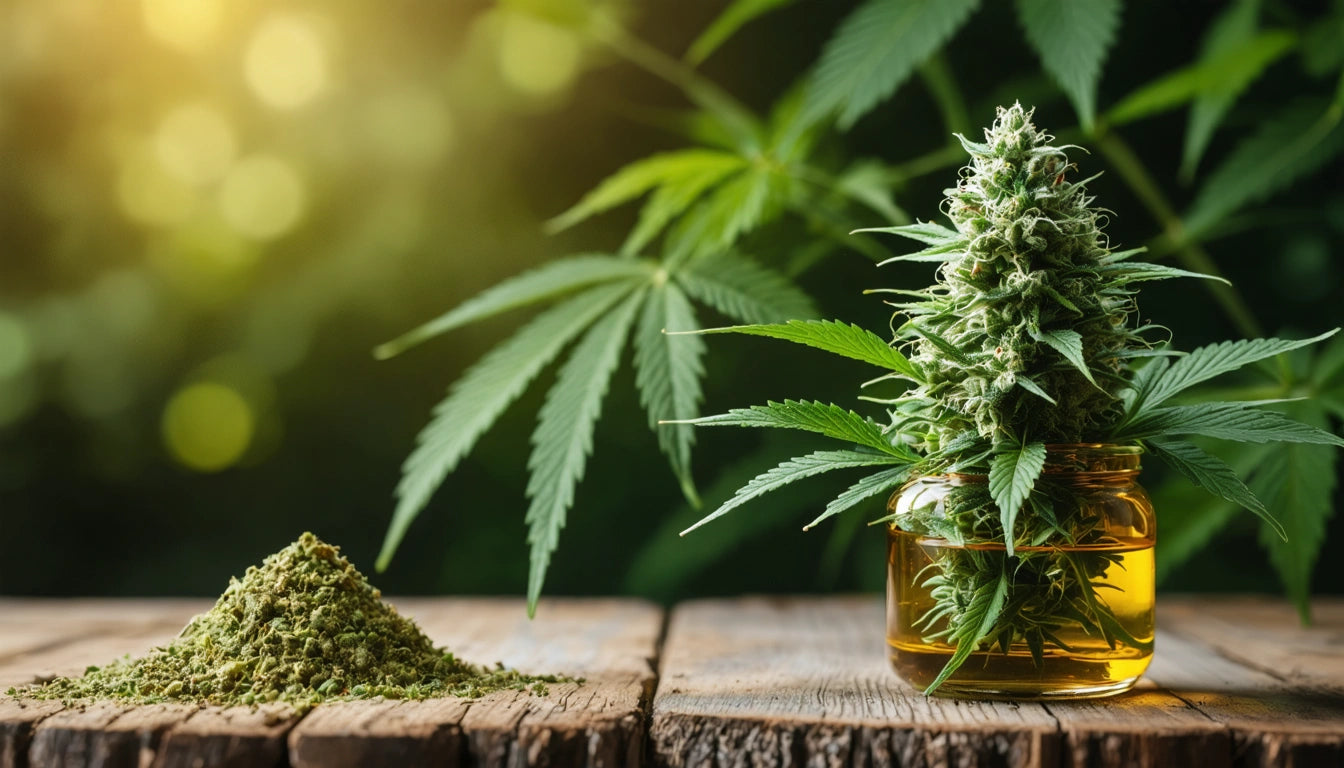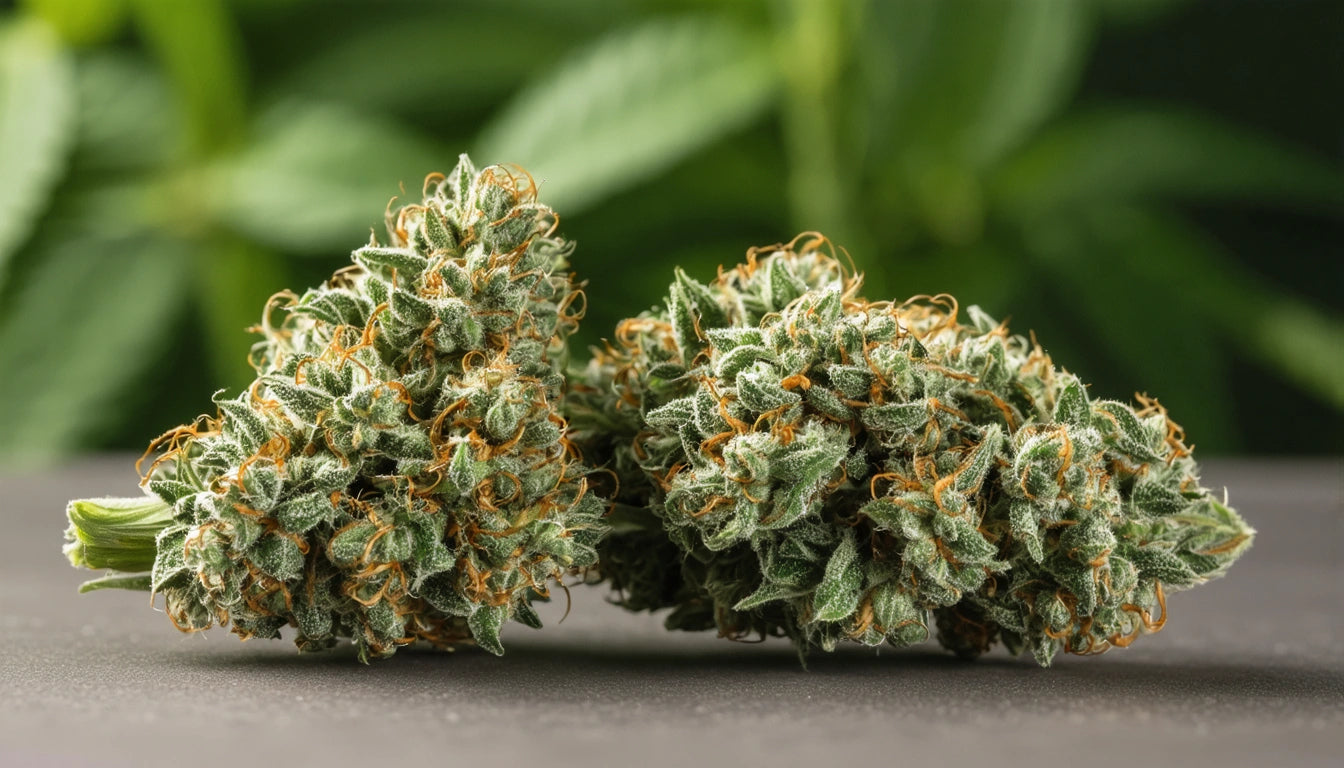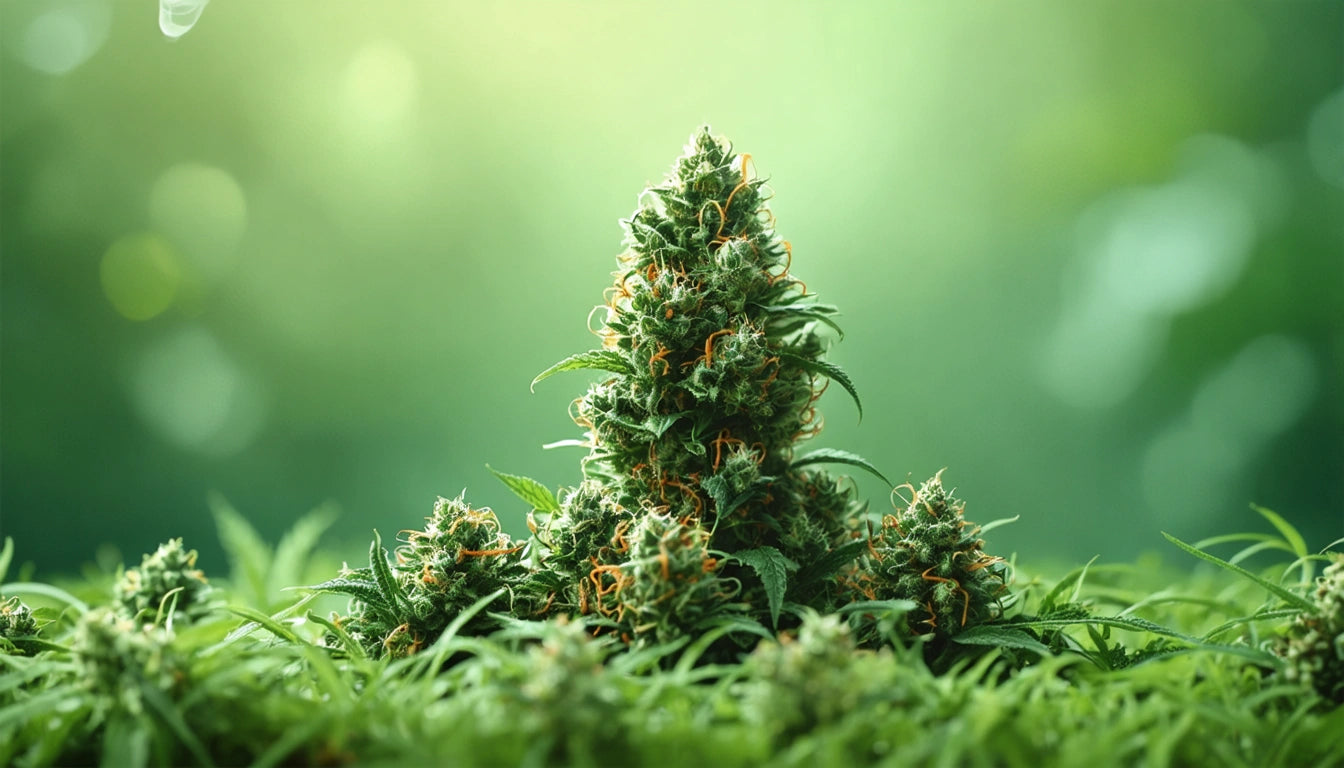Table of Contents
What the DEA Really Thinks About Delta-8 Packaging
The regulatory landscape for Delta-8 THC products remains complex and evolving, with the Drug Enforcement Administration (DEA) playing a crucial role in shaping compliance standards. Understanding the DEA's perspective on Delta-8 packaging is essential for manufacturers and retailers to navigate this challenging terrain while avoiding potential legal pitfalls.
The DEA's Official Stance on Delta-8 THC
The DEA maintains that synthetically derived tetrahydrocannabinols remain Schedule I controlled substances, regardless of the delta isomer. This creates a critical distinction between naturally occurring Delta-8 THC and synthetically derived versions. The agency's position hinges on the interpretation of the 2018 Farm Bill, which legalized hemp and hemp derivatives containing less than 0.3% Delta-9 THC.
According to the DEA, Delta-8 products must clearly indicate their hemp origin and Delta-9 THC content to avoid regulatory scrutiny. This requires precise labeling standards for Delta-8 and Delta-9 products that demonstrate compliance with federal guidelines.
The Legal Framework Governing Delta-8 Packaging
Delta-8 packaging exists in a regulatory gray area where federal, state, and local regulations often overlap and sometimes conflict. The DEA's interpretation focuses primarily on product origin and manufacturing methods rather than packaging specifically. However, packaging becomes the primary vehicle for demonstrating compliance.
Key legal considerations include:
- Clear indication of hemp derivation
- Accurate listing of cannabinoid content
- Child-resistant packaging requirements
- Proper warning labels and usage instructions
- QR codes linking to certificates of analysis
These requirements align with broader cannabis industry standards while addressing the unique regulatory position of Delta-8 products. For precise measurements of cannabinoid content, many manufacturers rely on professional-grade digital scales for accurate dosing during production, which helps ensure compliance with strict THC percentage limitations.
Differences Between Delta-8 and Delta-9 Packaging Requirements
The DEA recognizes distinct requirements for Delta-8 versus Delta-9 products. From a packaging standpoint, Delta-8 and Delta-9 have key differences that manufacturers must understand to remain compliant.
While Delta-9 THC products face stringent regulations in states with recreational or medical cannabis programs, Delta-8 products must navigate a more ambiguous regulatory framework. This often results in packaging that emphasizes the product's legal status under the Farm Bill while still incorporating child-resistant features and comprehensive warning labels.
Key Compliance Requirements for Delta-8 Packaging
From the DEA's perspective, compliant Delta-8 packaging must include several critical elements:
Child-Resistant Packaging
The DEA expects Delta-8 products to utilize child-resistant packaging, particularly for edibles like gummies. Child-resistant packaging for Delta-8 gummies is considered essential for consumer safety and regulatory compliance, reflecting similar standards applied to prescription medications and traditional cannabis products.
Clear Labeling and Warnings
Accurate labeling is crucial from the DEA's standpoint. Labels must clearly indicate:
- That the product contains Delta-8 THC
- The product's hemp origin
- Total THC content, specifically noting Delta-9 THC levels below 0.3%
- Appropriate age restrictions (21+)
- Warning statements about potential psychoactive effects
These requirements help ensure consumers are fully informed about the product's nature and potential effects, which aligns with the DEA's public safety mandate.
State-by-State Variations in Delta-8 Packaging Rules
While the DEA establishes federal guidelines, state regulations create a patchwork of requirements that complicate compliance efforts. State-by-state packaging rules for Delta-8 and Delta-9 vary significantly, with some states banning Delta-8 entirely while others embrace it with minimal restrictions.
For multi-state operators, this creates significant challenges in developing compliant packaging that works across different jurisdictions. The DEA acknowledges these variations but maintains its focus on federal compliance standards, particularly regarding synthetic versus naturally derived cannabinoids.
DEA Enforcement Actions and Industry Impact
The DEA's enforcement approach to Delta-8 products has been measured but targeted. Rather than conducting widespread raids, the agency has focused on manufacturers and distributors who:
- Make medical claims about their products
- Fail to implement age verification measures
- Market products that appear designed to appeal to children
- Misrepresent Delta-9 THC content
These enforcement priorities reflect the DEA's concern with public safety rather than eliminating the Delta-8 market entirely. For legitimate operators, educating distributors on Delta-8 packaging compliance has become essential to avoiding regulatory issues.
Navigating the Future Regulatory Landscape for Delta-8 Products
The regulatory environment for Delta-8 continues to evolve, with future packaging trends for Delta-8 THC likely to include more standardized warning symbols, increased transparency in sourcing information, and enhanced sustainability features.
As the DEA refines its position on hemp-derived cannabinoids, manufacturers should prepare for potential changes by:
- Maintaining detailed records of sourcing and manufacturing processes
- Implementing comprehensive compliance checks for all packaging elements
- Staying informed about changing federal interpretations of the Farm Bill
- Developing packaging that can be easily updated as regulations evolve
By understanding what the DEA really thinks about Delta-8 packaging and maintaining a proactive compliance stance, manufacturers can navigate this challenging regulatory landscape while building consumer trust through transparent and responsible packaging practices.











Leave a comment
All comments are moderated before being published.
This site is protected by hCaptcha and the hCaptcha Privacy Policy and Terms of Service apply.